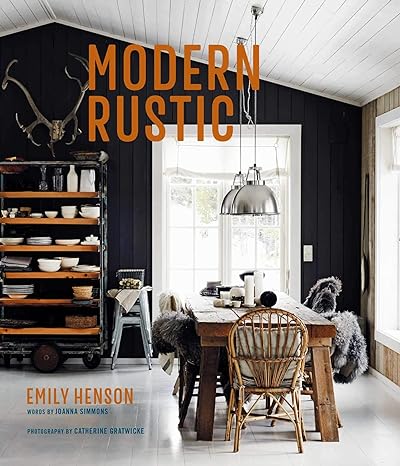What's the difference between rustic and farmhouse styles? Designers weigh in on these similar aesthetics
Although similar, there are core differences between these cozy decor styles


As with many interior design trends, there can often be an element of crossover that can make it difficult to distinguish between two similar styles. That's certainly the case with farmhouse and rustic decor, two incredibly renowned interior styles that share very similar design principles.
Rustic and farmhouse decor are both timeless styles that are continually embraced by designers and homeowners for their classic and widespread appeal. Centered around decorating with natural materials and embracing their imperfect nature to create spaces that feel lived in and relaxed, these styles can be embraced in either subtle or prominent ways. But what exactly is the difference between farmhouse and rustic decor?
We spoke to interior designers, who explain here how these two classic interior design trends differ. While it's no secret the two styles go hand in hand, there are also clear differences to be understood that can make it easier to understand exactly what is meant by each style.
How does rustic and farmhouse differ?
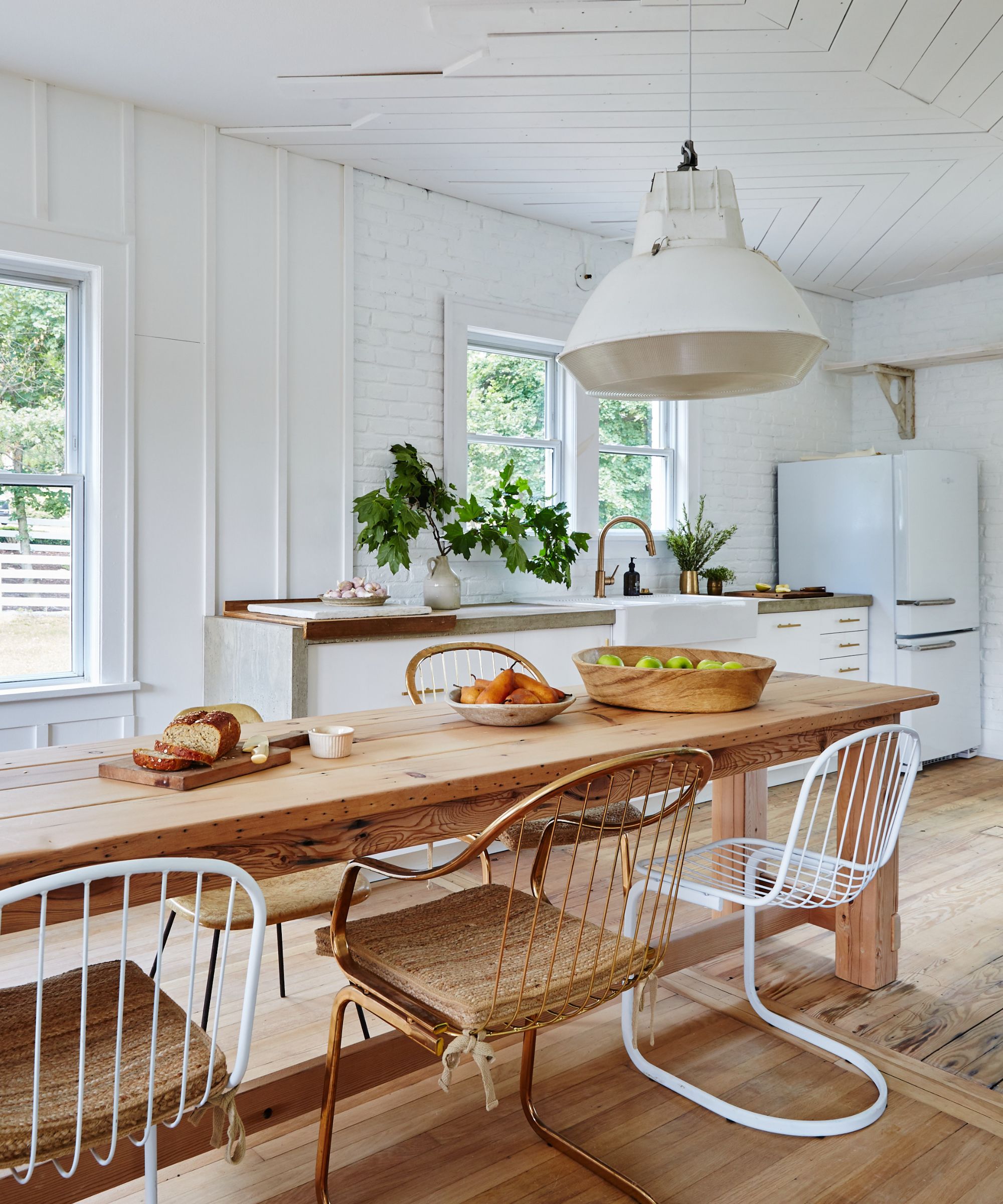
First, it's worth noting that both rustic and farmhouse interior design styles are very closely linked and are therefore often both present in the same interior schemes, hence why they're easily confused. Interior designer Jennifer Davis explains their commonly shared characteristics: 'Rustic and farmhouse design styles share common elements rooted in simplicity, warmth, and a connection to the natural environment, yet they have distinctive characteristics that set them apart.'
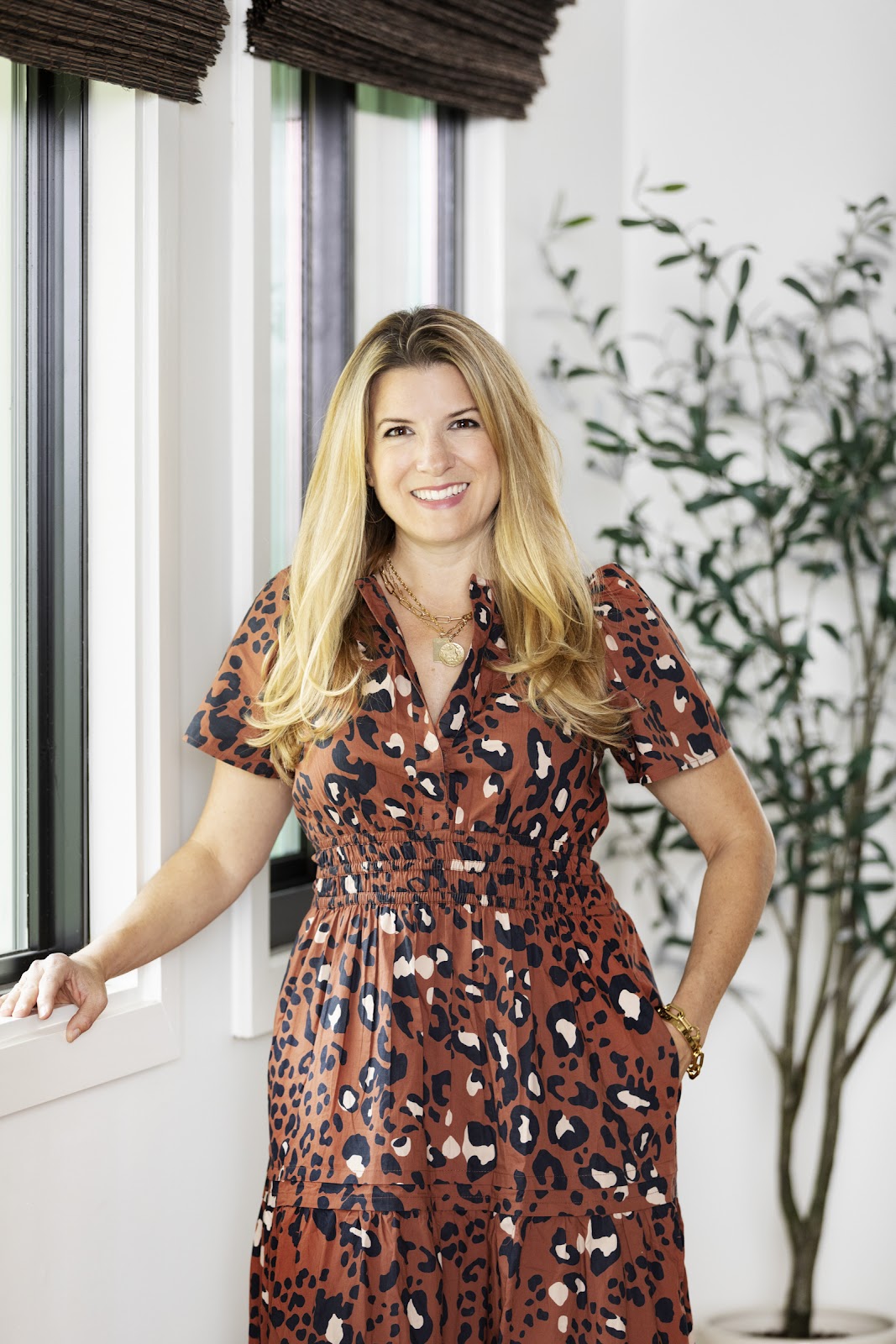
Jennifer fell in love with design at a young age and has been working in the industry for over 25 years. She has developed an eye for detail and a talent for creating timeless designs. Jennifer offers a balance of creativity and forward-thinking with a structured, organized, and detailed mentality. Jennifer is driven by her deep passion for design while curating an exceptional client journey, ensuring pure delight from the very beginning to the end.
While both styles are centered around creating cozy schemes through natural elements, as Jennifer observes, designers say that the main difference between the two is that rustic is a more general term that relates to the types of materials used, whereas farmhouse is a more niche style that can be achieved by incorporating rustic elements.
'Rustic design embraces a broader range of influences, drawing inspiration from various rugged and weathered materials,' explains Jennifer. 'This style often incorporates reclaimed wood, distressed metals, and natural textures to create a time-worn and aged aesthetic. The emphasis is on showcasing the inherent beauty of imperfections, giving spaces a lived-in and authentic feel.'
Interior designer Laura Williams, Owner and Lead Designer at ATX Interior Design also agrees that rustic is all about the use of natural raw materials and their imperfect look: 'Rustic utilizes raw-looking materials from the earth, such as unprocessed wood and authentic stones.'
Design expertise in your inbox – from inspiring decorating ideas and beautiful celebrity homes to practical gardening advice and shopping round-ups.
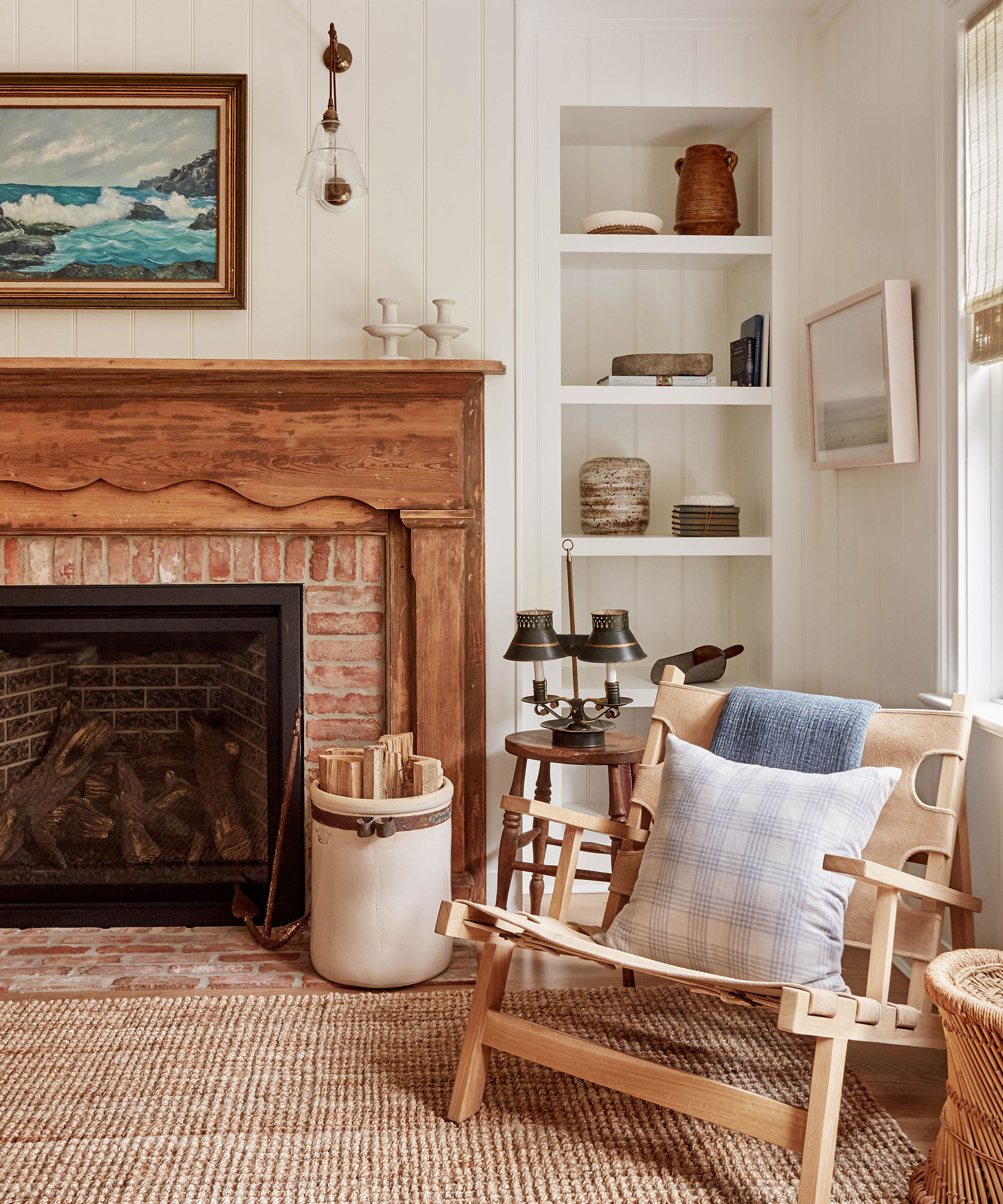
Since rustic decor is all about a distressed look by embracing the ruggedness of natural materials, it lends itself perfectly to farmhouse interiors. Farmhouse decor is a popular look that typically incorporates traditional style fixtures and furnishings, lots of solid wood, and an overall "country" feel to create homely and warming spaces.
However, incorporating rustic details doesn't always equate to creating a farmhouse scheme. For example, rustic elements such as the ones previously above can be paired instead with contemporary finishes to create a modern rustic look. This has been a popular interior design style in recent years, focusing on the natural look of rustic decor yet contrasted with much sleeker furnishings for a more up-to-date feel. This approach would generally avoid the country look that is central to the farmhouse style.
But more often than not, rustic decor does feature in farmhouse schemes. 'In a farmhouse-style home, you are very likely to see rustic materials,' explains Laura Williams. 'Farmhouse is all about the craftsmanship and woodworking of the materials in the home.'
Jennifer Davis further explains how rustic details are commonly incorporated into farmhouse schemes, as well as explaining what she regards as the key characteristics of farmhouse decor: 'Farmhouse decor is a subset of rustic design with a more specific focus on a charming, country-inspired atmosphere. Farmhouse style often incorporates elements like shiplap walls, barn doors, and decorating with vintage accessories to evoke a sense of traditional farm life.'
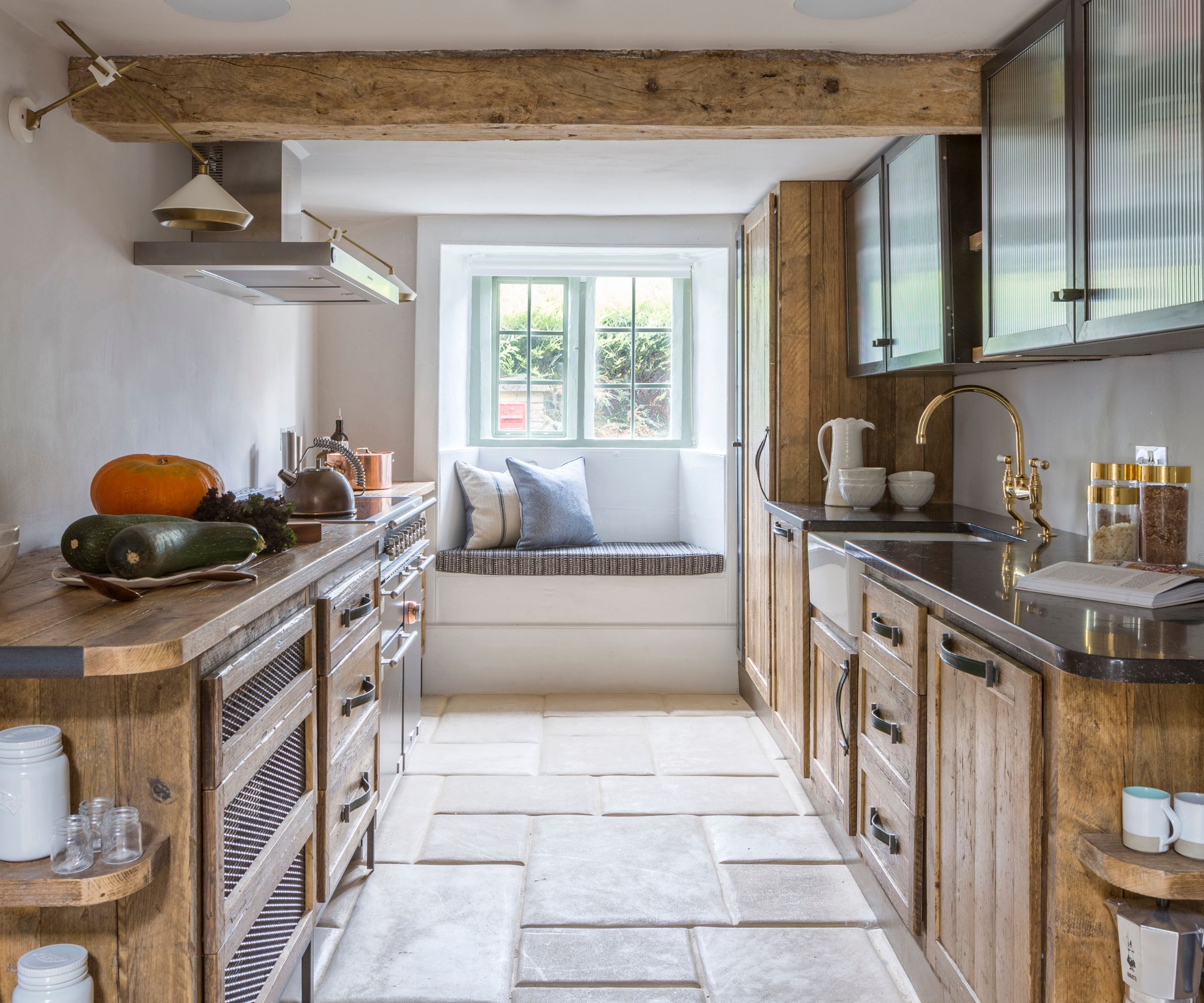
Color is another element that can often differentiate between farmhouse and rustic, with rustic schemes typically reflecting darker and moodier hues while farmhouse generally promotes a lighter feel by decorating with neutrals. Jennifer adds: 'While both styles celebrate simplicity, farmhouse decor tends to integrate more white and neutral color palettes, reflecting the light and airy ambiance of rural living.'
NYC-based interior designer Tyson Ness also weighs in, agreeing that farmhouse schemes often lean towards lighter colors: 'The color palette for a farmhouse interior leans toward bright, open, and airy. Tone-on-tone and some lighter wood tones are introduced.'

Tyson Ness is the founder and director of Studio Ness, a NYC-based full-service interior design studio. Studio Ness is known for its collaborative approach to residential and select commercial and workspace projects across the US and abroad, crafting spaces that are unique to the client. Tyson has over a decade of experience in the NYC design sector and has worked on a number of projects that have been featured in publications both in print and online.
Farmhouse style also puts a strong emphasis on the practicality of its design, with these spaces designed for day-to-day functional living – whether a farmhouse kitchen or farmhouse living room.
Jennifer explains: 'Additionally, farmhouse decor places a strong emphasis on functional and practical elements, with a mix of vintage and contemporary pieces to create a comfortable and inviting space that feels both nostalgic and modern. While rustic decor is a broader concept encompassing a variety of weathered influences, farmhouse decor is a refined and specific iteration with a focus on creating a cozy, country-inspired home.'
In summary, both farmhouse and rustic styles focus on natural materials, most commonly wood, but farmhouse is a more specific reference for creating a homely, lived-in space that prioritizes country decor. Tyson concludes: 'While both styles celebrate natural materials and a connection to traditional roots, rustic design leans towards a rugged, natural look, and farmhouse design is more about creating a cozy, light, and welcoming space with a touch of nostalgia.'
While these styles certainly share lots of similar themes, it's clear that there are differences between them. You can decorate with rustic furnishings without achieving a farmhouse scheme, yet to achieve a farmhouse look, you'll almost certainly be incorporating rustic details into your space.
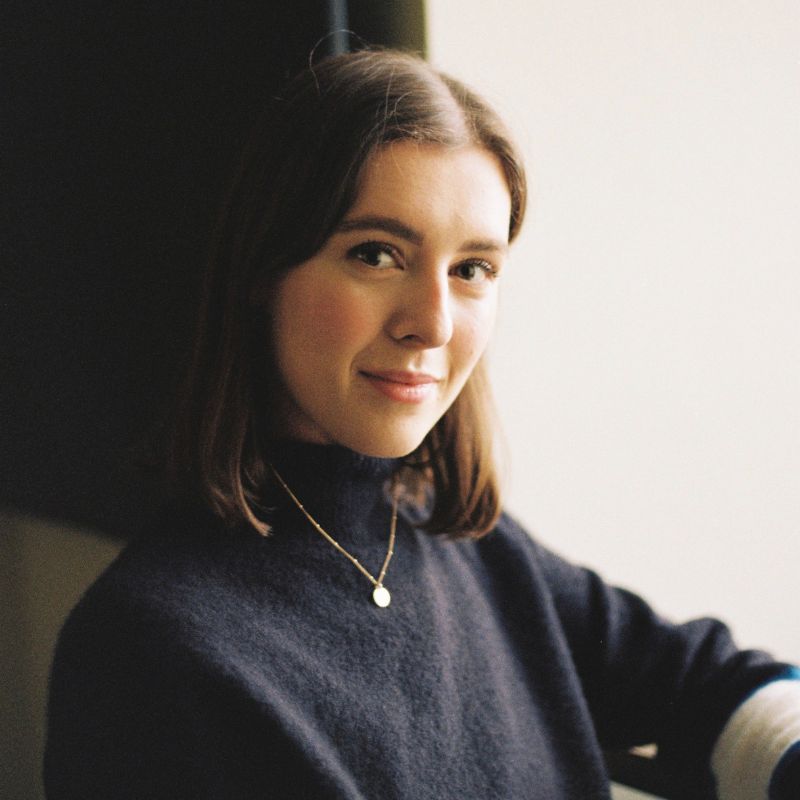
Emily is a freelance interior design writer based in Scotland. Prior to going freelance in the spring of 2025, Emily was Homes & Gardens’ Paint & Color Editor, covering all things color across interiors and home decor for the Homes & Gardens website. Having gained specific expertise in this area, Emily is well-versed in writing about the latest color trends and is passionate about helping homeowners understand the importance of color psychology in home design. Her own interior design style reflects the simplicity of mid-century design and she loves sourcing vintage furniture finds for her tenement flat.
